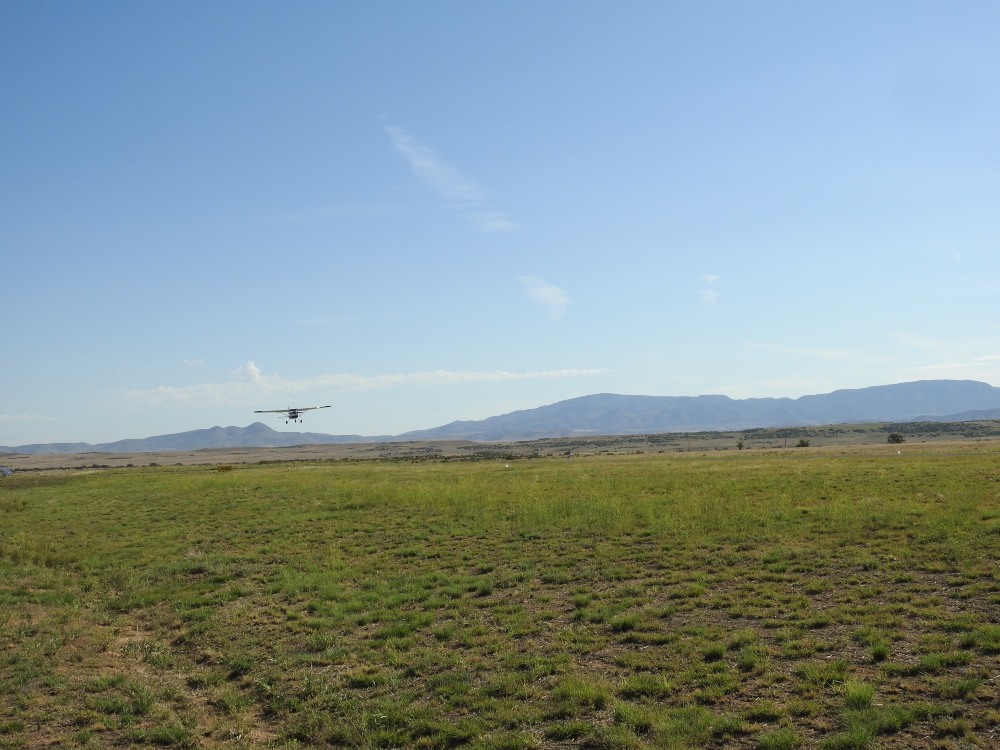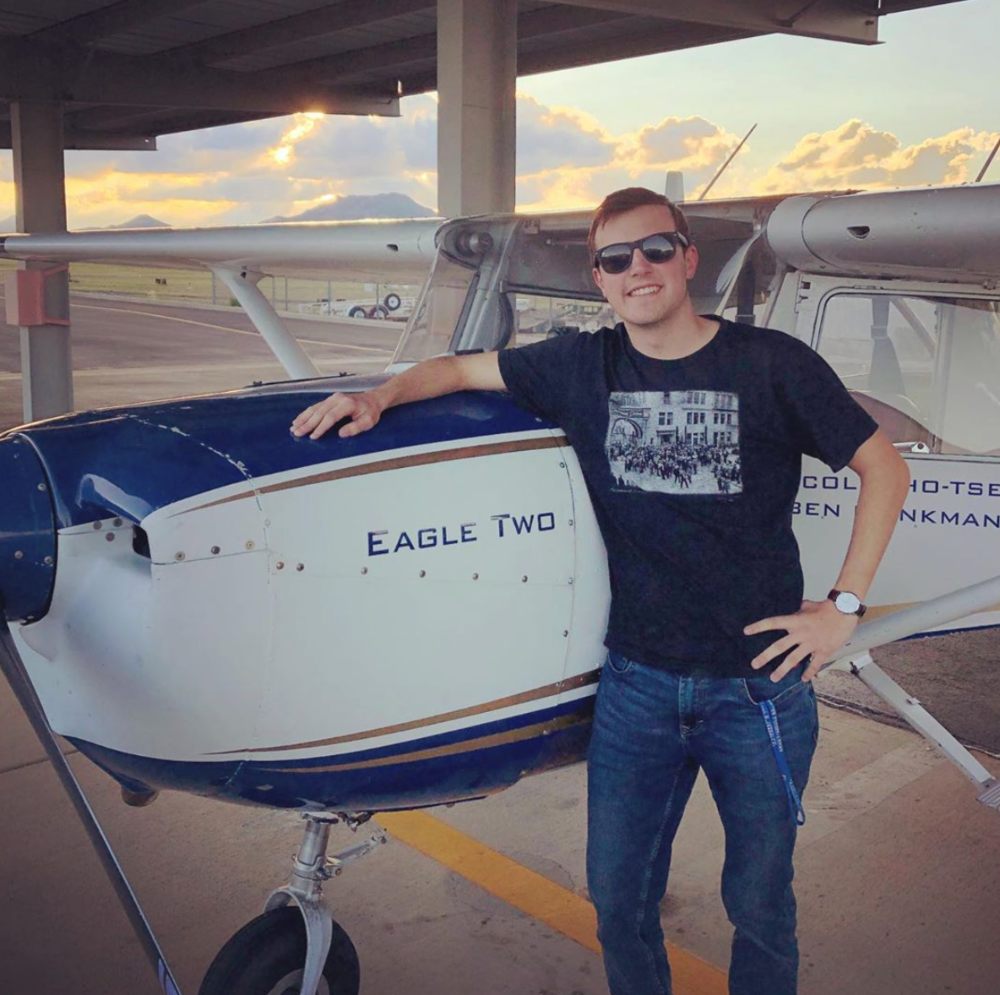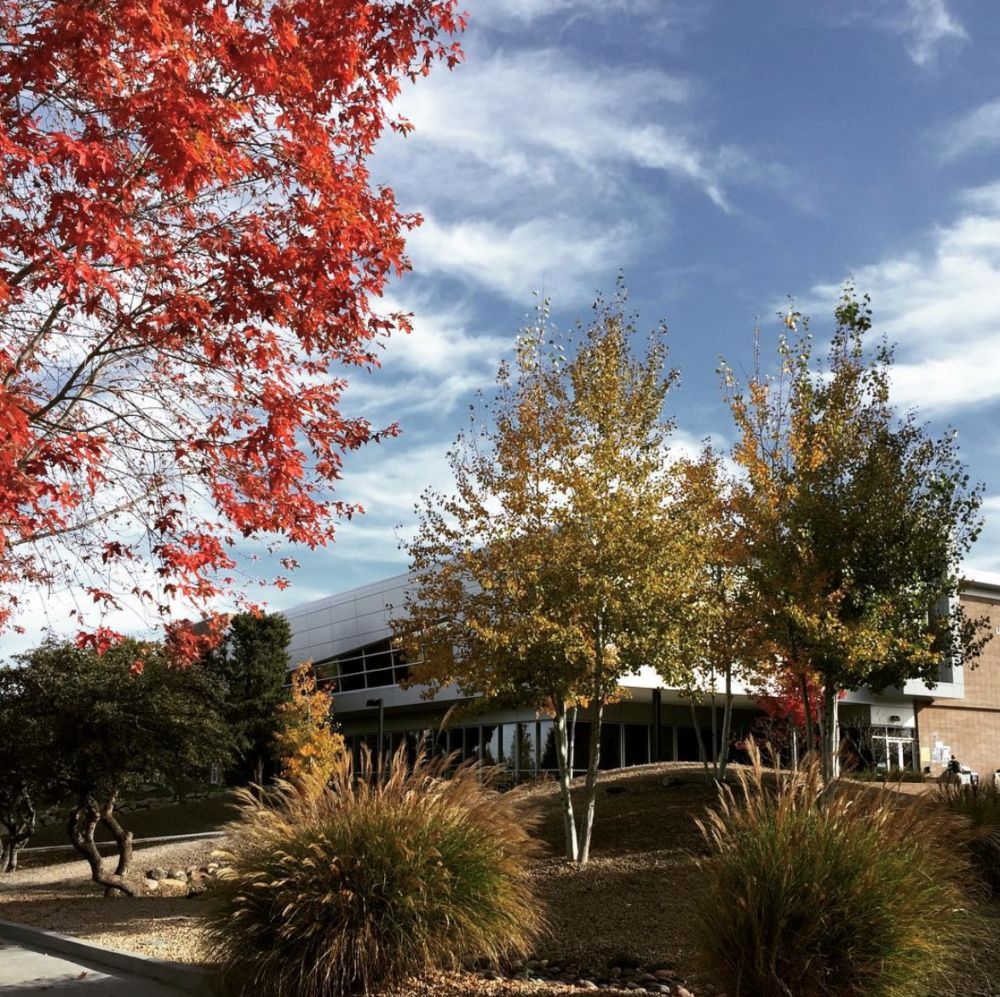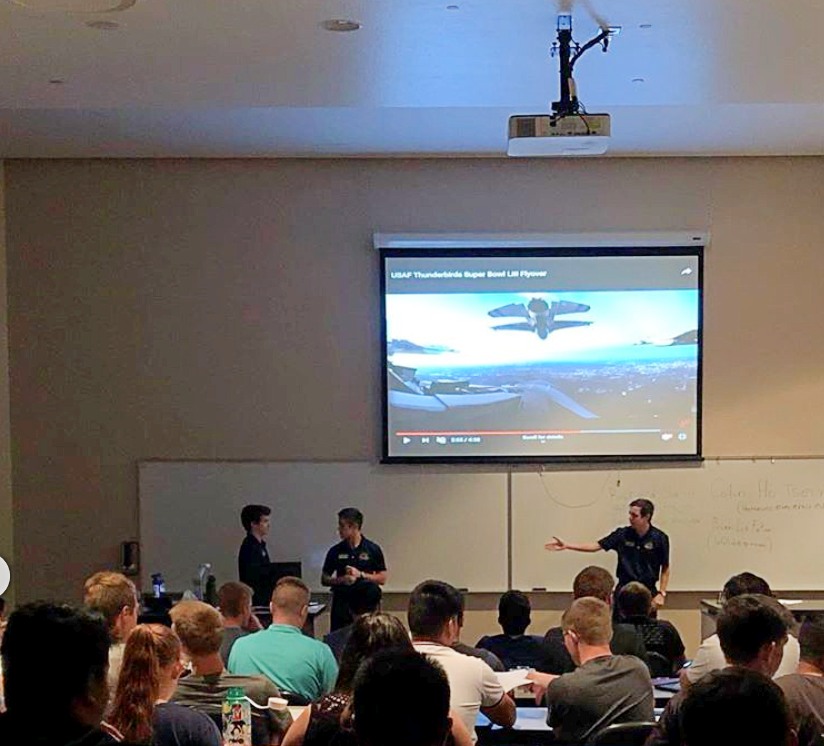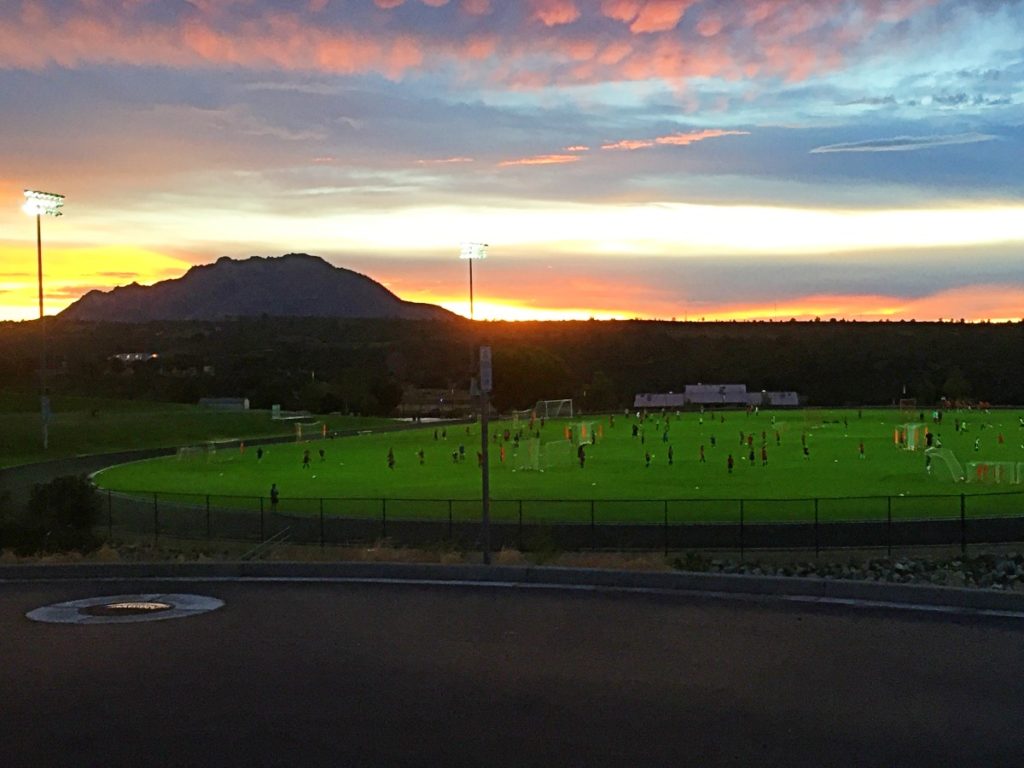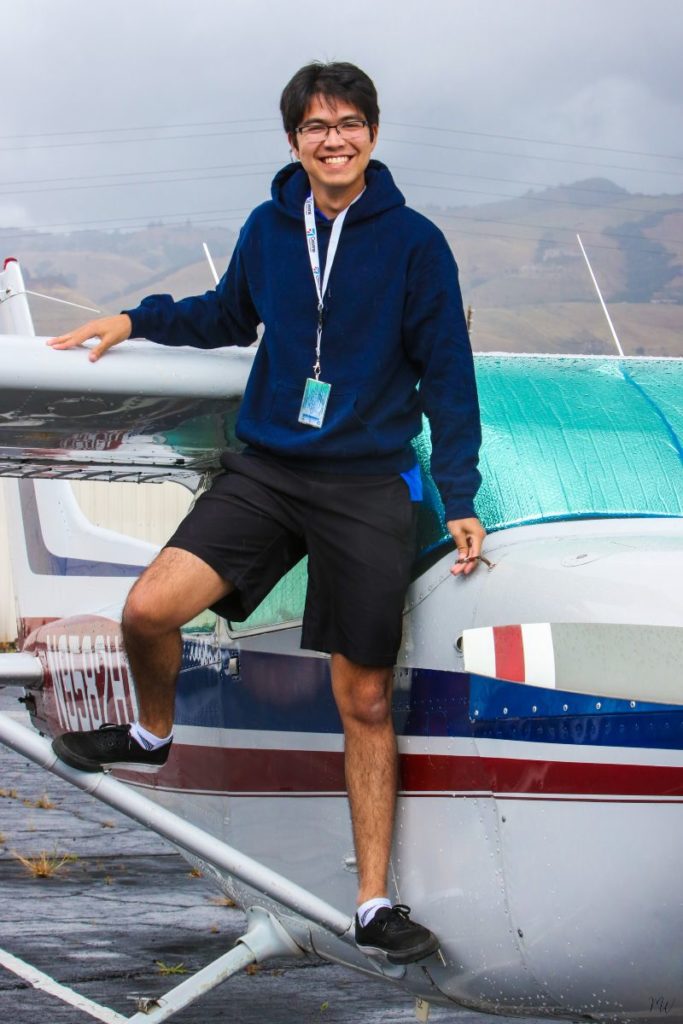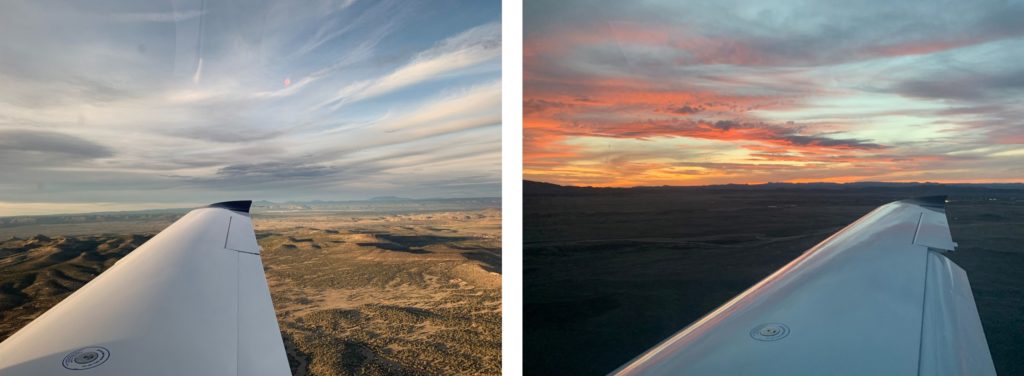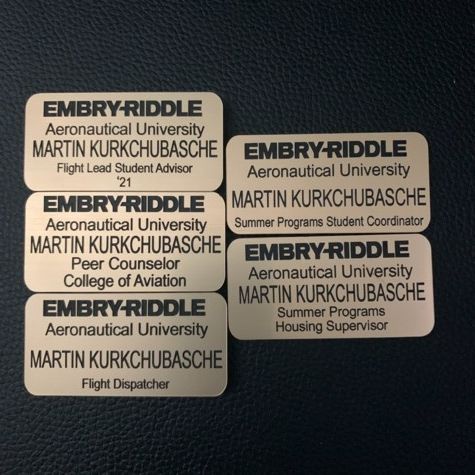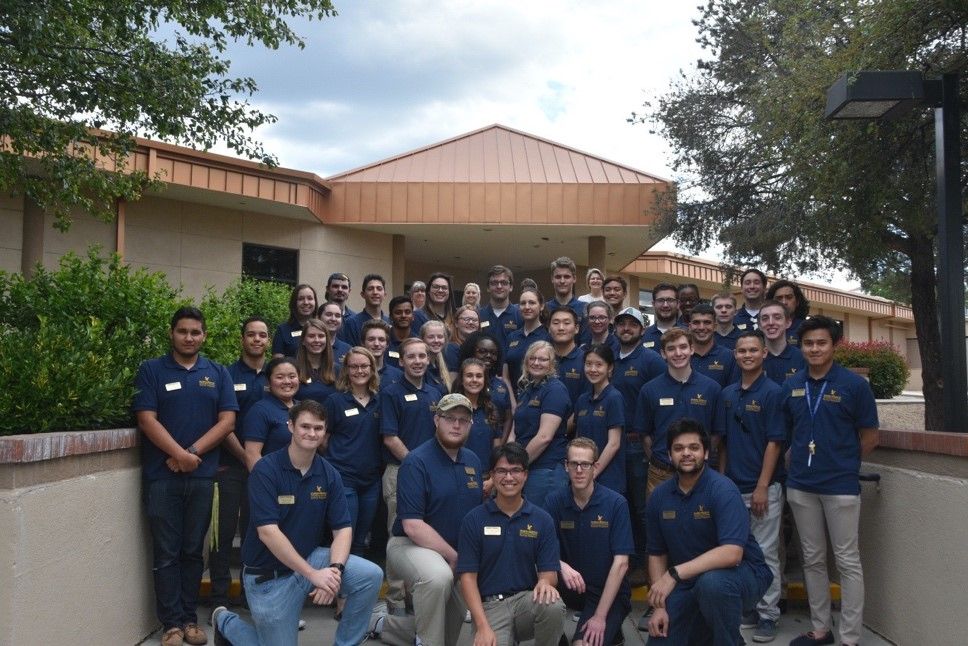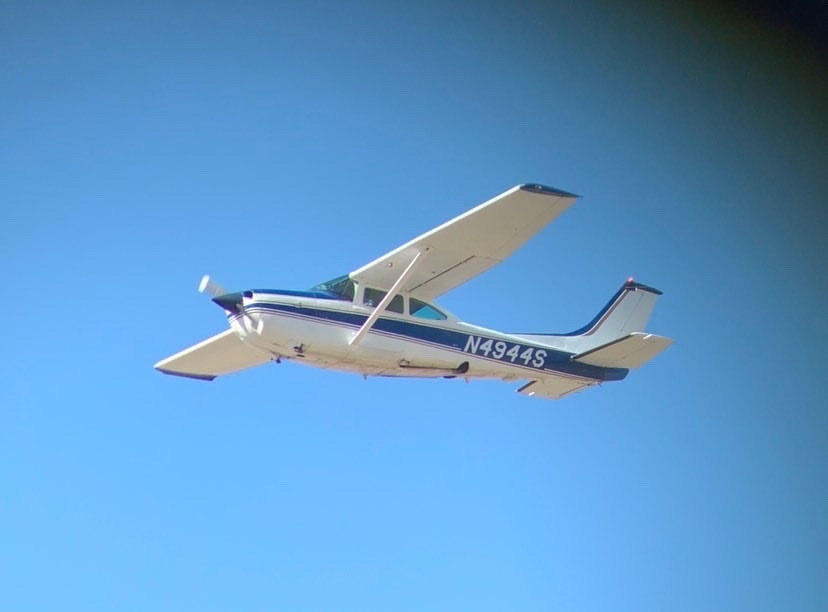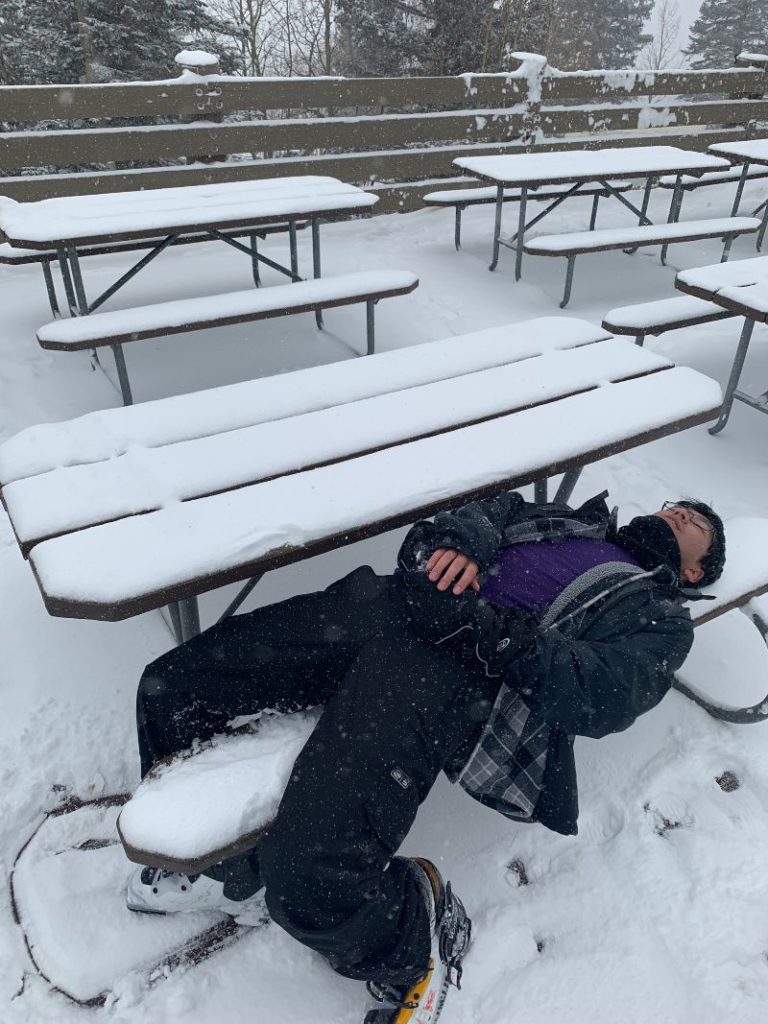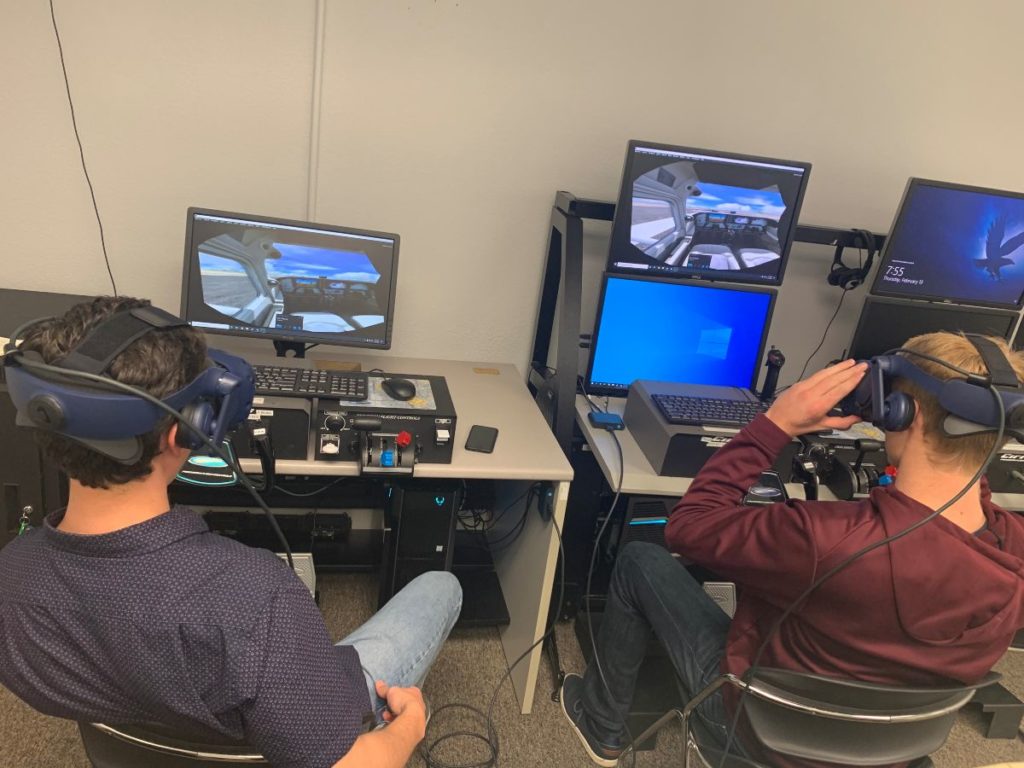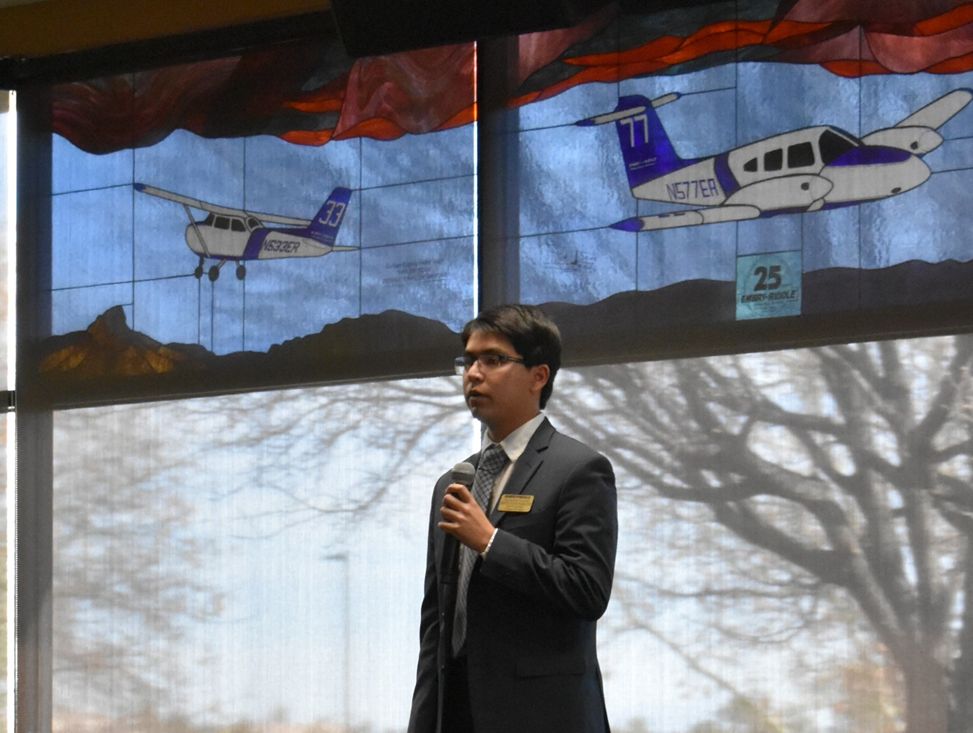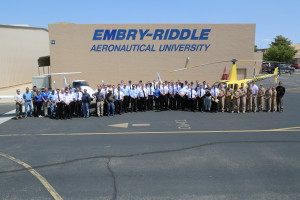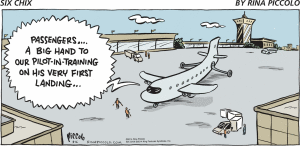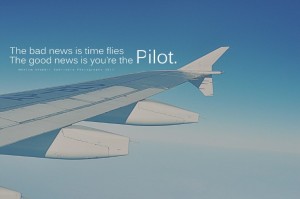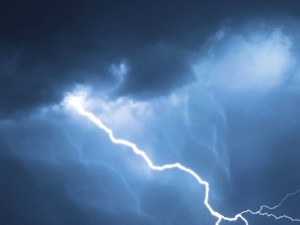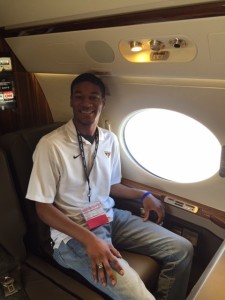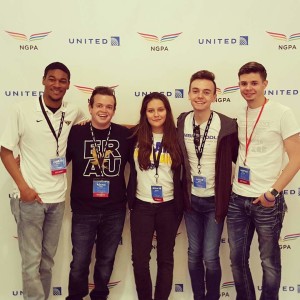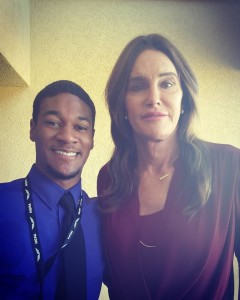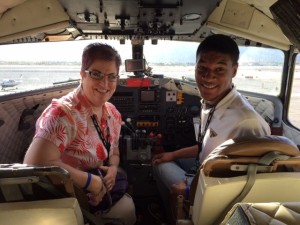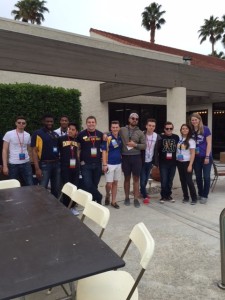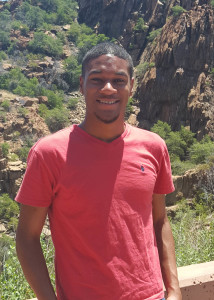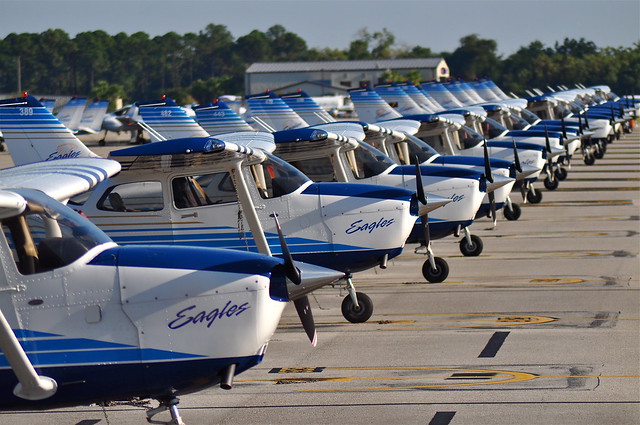by Richard Santi
One of the best parts about being on the Flight Team is our landings practice which takes place every Saturday, starting bright and early in the morning! We start the day by driving in a van out to runway 21R at the Prescott Regional Airport. We have special permission from the airport authority to put tape down on the runway and mark our “box.” This is the area we will be trying to land the aircraft. One line stretches across the runway, which is known as the “zero line,” and is the exact point we are trying to have our wheels touch down on. One hundred feet short of this line marks being out of bounds short, and two hundred feet long of this line marks being out of bounds long.
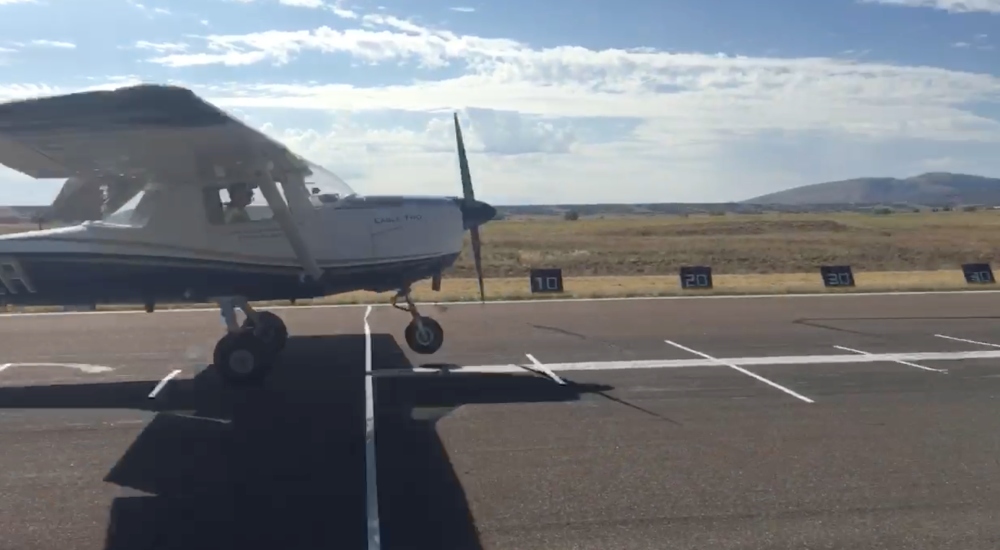
The competition landings event is pretty straightforward. The pilot flies two laps in the pattern making two landings, trying to get the wheels to touch down as close as possible to the zero line. For every foot that the pilot is off the line, that is one point (points are bad)! It is actually split up in to two different events: Power-On and Power-Off landings. They are very similar with one minor difference. In the Power-On event, the pilot initially pulls power, and cannot add any power, but can keep some power in, gradually decreasing it until landing. In the Power-Off event, the pilot must completely pull all power while abeam the touchdown point and cannot add it back in without getting a penalty.
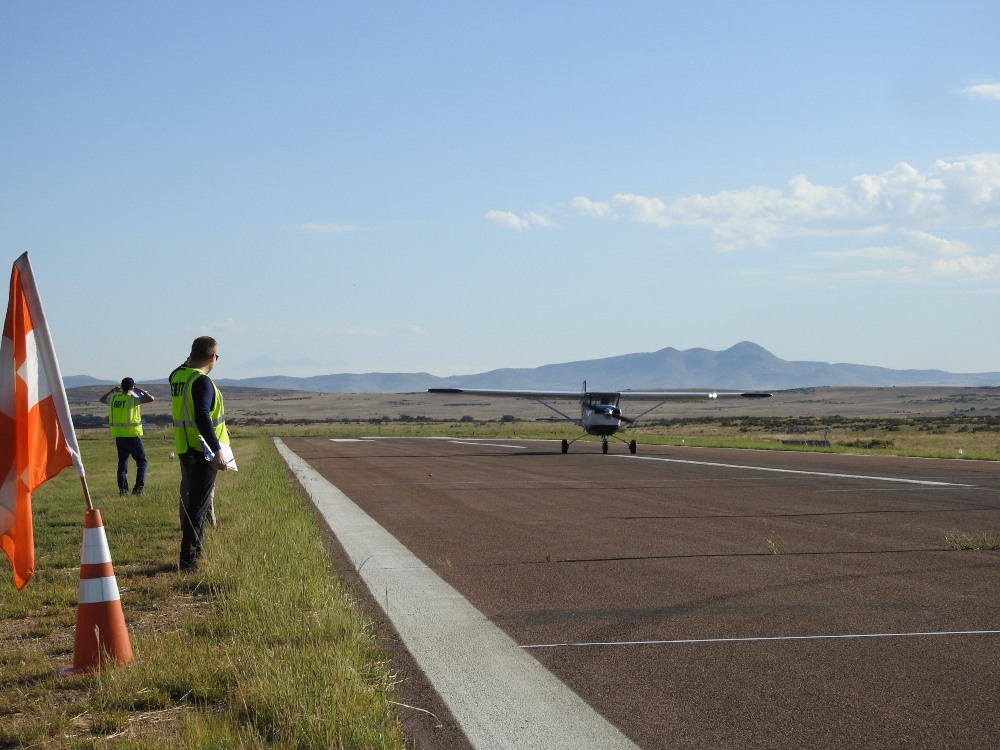
In addition to making an accurate landing, there is a very long list of potential penalties a pilot can get in the landing event. Some of these penalties have to do with the energy of the aircraft, some have to do with how the pilot flies the traffic pattern, and some have to do with how the pilot actually touches down on the runway. These penalties make the event incredibly challenging and force the pilot to fly very accurately.
After marking the lines on the runway, we will next bring out our two Cessna 150s, known as “Eagle 1” and “Eagle 2.” Throughout the day we take turns going into the aircraft and flying our respective slots. When we aren’t flying, we stand beside the runway with clipboards grading our teammates. Usually one person films the landing so we can slow the video down, looking exactly where the wheels touched to get an accurate reading. It is hard to see the exact distance with the naked eye, as in one second the airplane travels about 80 feet.
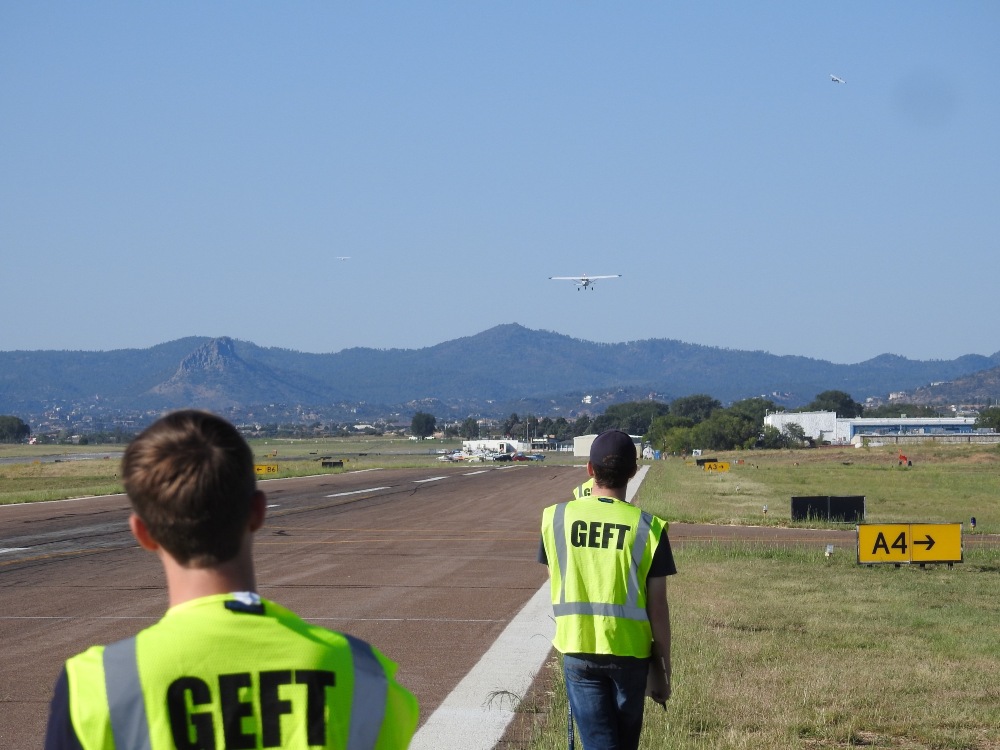
We of course learn a lot about flying by getting practice ourselves in the airplane. Doing competition landings really helps the pilot to get a heightened sense of how accurate his or her flying is. Being even just a little bit sloppy will result in massive points off of penalties and distance. I have to say, however, that spending much of the day watching other people land and seeing the view of a landing aircraft externally can be really helpful. As a pilot, you do all of your flying with an inside view, seeing references based on how the cockpit glareshield looks compared the horizon and reading your instruments. It’s easy to forget how the aircraft is actually flying.
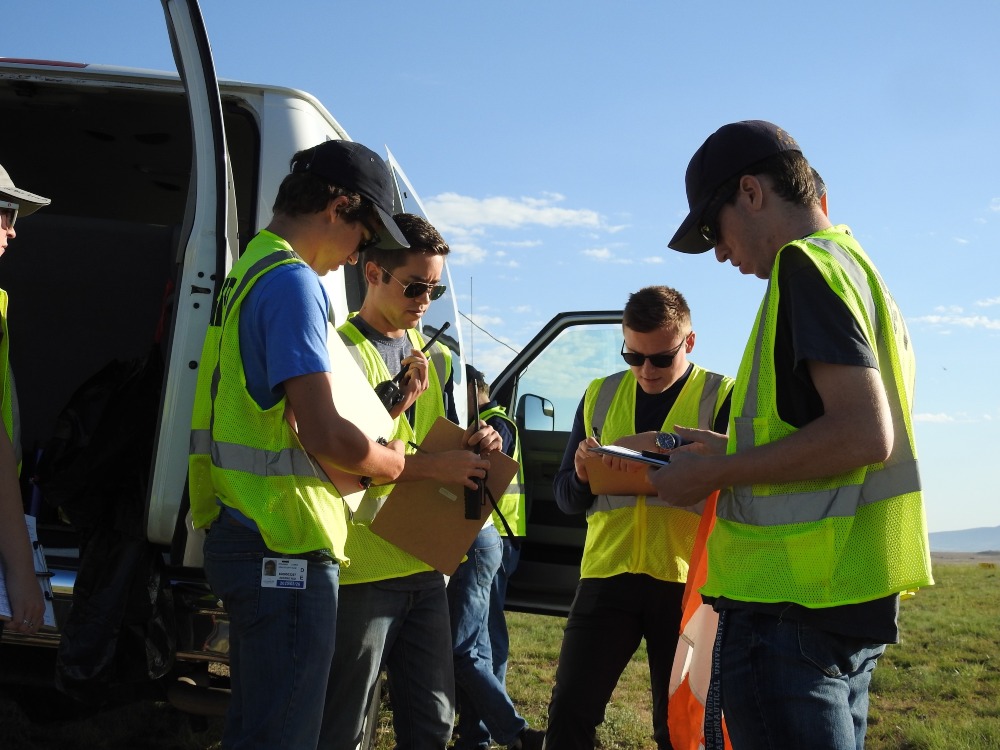
Standing out on that field by the runway below a beautiful Arizona sky, watching an airplane make its downwind to base turn, and seeing how the wings gracefully glide through the air has given me different perspective on flying. Every control input the pilot makes will not only pitch the airplane up and down, or roll it left or right, but it will change the energy state of the aircraft in a very significant way. I look forward to every Saturday for this reason, wondering what awesome flying experience I will have.
